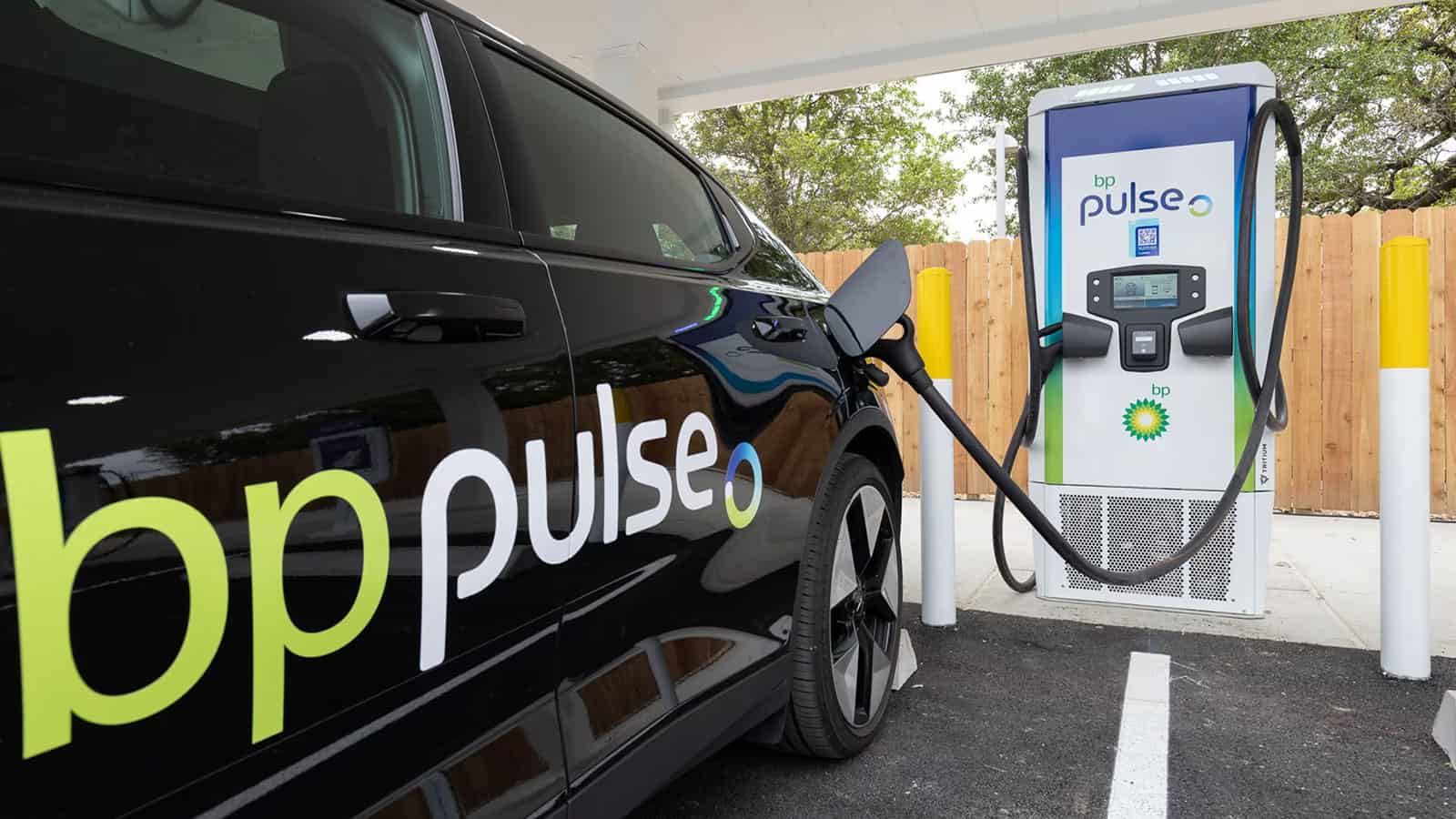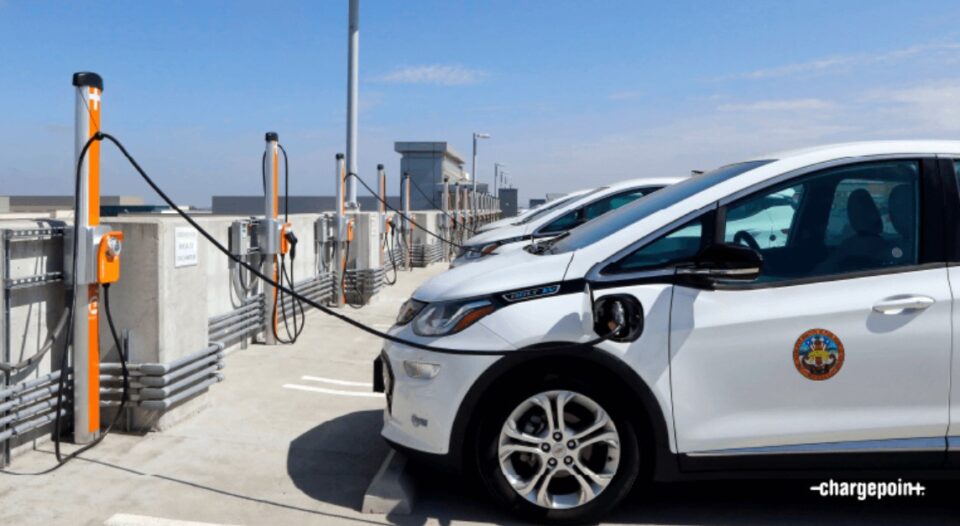Top EV Charging Information: Secret Updates on Infrastructure and Advancement

Current Innovations in Fast-Charging Innovation

Moreover, improvements in battery technology, including boosted thermal monitoring systems and higher energy thickness batteries, complement fast-charging capabilities. These developments alleviate the danger of battery deterioration throughout rapid charging, making sure long life and efficiency for EV proprietors.
In addition, the combination of clever charging services is enhancing user experience, making it possible for real-time monitoring and dynamic pricing models. EV Charging news. This adaptability allows vehicle drivers to maximize billing expenses and times based on grid demand
As car manufacturers remain to purchase fast-charging networks, the partnership between sector stakeholders is essential. Partnerships in between charging terminal service providers and automobile makers are leading the way for comprehensive coverage, eventually cultivating a more durable EV environment. These innovations are critical in sustaining the shift to lasting transport.
Federal Government Campaigns for Billing Growth
Federal government campaigns play a crucial duty in the expansion of electric vehicle (EV) billing infrastructure, helping with the change to sustainable transport. Different government and state programs are being carried out to enhance charging availability, lower the financial worry on consumers, and promote the fostering of electrical lorries.
Significantly, the united state government has assigned considerable funding via the Facilities Investment and Jobs Act, which allocates $7.5 billion for EV charging network growth throughout the nation. This financing is aimed at deploying thousands of brand-new billing stations, especially in underserved locations, therefore addressing variety anxiety amongst possible EV customers.
Additionally, many states are passing regulation to simplify the permitting process for billing terminal installations, which is important for speeding up deployment. Motivations such as tax credits and refunds for both consumers and companies are likewise being presented to encourage the setup of billing infrastructure.
Furthermore, public-private partnerships are increasingly coming to be an emphasis, leveraging personal investment to complement federal government funding. These efforts emphasize a collaborative strategy essential for constructing a effective and thorough EV billing network, eventually adding to a greener and even more lasting future.
Ingenious Battery Solutions Enhancing Effectiveness
Changing the landscape of electrical vehicle (EV) technology, ingenious battery options are substantially improving efficiency and performance. Advances in battery chemistry, particularly with lithium-sulfur and solid-state batteries, are causing enhanced power density, which enables longer varieties and faster charging times. These new battery types have the potential to surpass standard lithium-ion batteries by offering greater abilities while reducing weight, therefore improving overall lorry efficiency.
Moreover, advancements in battery management systems (BMS) are enhancing power use and expanding battery life-span. Intelligent algorithms monitor battery wellness and efficiency, allowing real-time modifications to billing and releasing processes. This not only improves the efficiency of the battery however also ensures a much more sustainable and reliable energy resource for EVs.
Additionally, the integration of reusing modern technologies is dealing with the ecological effect of battery production and disposal. Technologies in second-life applications for EV batteries are facilitating their use in power storage space systems, adding to page a circular economic situation.
As these cutting-edge battery options remain to develop, they promise to transform the EV market, making electrical automobiles more accessible and enticing to a wider audience while sustaining worldwide sustainability objectives.

Collaboration In Between Automakers and Charging Networks
Identifying the essential requirement for a Related Site durable billing framework, car manufacturers are progressively teaming up with charging network carriers to improve the EV possession experience (EV Charging news). These collaborations intend to create a seamless charging ecosystem that profits customers and sustains the transition to electrical cars
Significant vehicle brand names are joining forces with recognized charging networks to increase their charging station protection, guaranteeing vehicle drivers have access to practical and trustworthy charging choices. For circumstances, collaborations with networks like ChargePoint and Electrify America permit car manufacturers to integrate billing solutions directly into their cars' navigation systems, assisting individuals to the nearest stations and providing real-time schedule updates.
Additionally, these cooperations frequently lead to the growth of fast-charging technologies that substantially decrease the time needed to recharge an EV. By pooling sources and experience, car manufacturers and billing networks can introduce quicker, producing remedies that fulfill the growing need for electric movement.
Furthermore, joint efforts might also bring about more standard charging methods, which can relieve customer complication and promote broader EV fostering. On the whole, these calculated partnerships are essential in constructing a easy to use and reliable charging framework that satisfies the demands of an increasing electrical car market.
Obstacles Facing EV Charging Infrastructure
As the electric car market remains to expand, numerous challenges are surfacing that hinder the growth of an extensive billing infrastructure. Among the main obstacles is the not enough variety of charging terminals, specifically in country and underserved metropolitan locations. This gap creates array stress and anxiety among prospective EV purchasers, preventing them from making the switch.
Additionally, the absence of standardization accountable modern technology complicates the facilities landscape. Variants in plug types and billing rates can produce confusion for page individuals and enhance functional complexities for billing network drivers. Additionally, the integration of billing terminals right into existing electrical grids positions significant difficulties. Lots of regions encounter ability limitations, requiring substantial investments in grid upgrades to fit enhanced demand.
An additional pressing concern is the high cost linked with the installation and upkeep of charging terminals, which can be an obstacle for both public entities and personal businesses. Regulative obstacles and zoning limitations can delay the implementation of billing infrastructure, hindering progress in expanding crucial services. Dealing with these challenges will certainly be crucial for promoting a durable EV ecological community that sustains the shift to sustainable transport.
Conclusion
In conclusion, the ongoing developments in EV billing technology, supported by considerable government initiatives and ingenious battery solutions, are vital for the growth and efficiency of electrical automobile facilities. Collaborations between automakers and billing carriers even more boost terminal coverage, dealing with the growing need for easily accessible charging alternatives. Regardless of obstacles that continue within the EV charging landscape, these growths signify a positive trajectory towards an extra sustainable and reliable electric automobile environment.
Developments in billing infrastructure have led to the advancement of ultra-fast chargers qualified of delivering up to 350 kW of power, significantly lowering billing times. Variations in plug types and charging rates can develop confusion for customers and increase functional intricacies for charging network drivers.In verdict, the ongoing advancements in EV charging innovation, sustained by considerable government campaigns and ingenious battery solutions, are essential for the expansion and performance of electric car infrastructure. Partnerships in between automakers and billing service providers further improve station protection, resolving the growing need for accessible charging choices. Regardless of challenges that persist within the EV charging landscape, these advancements signify a favorable trajectory in the direction of an extra lasting and reliable electric lorry environment.